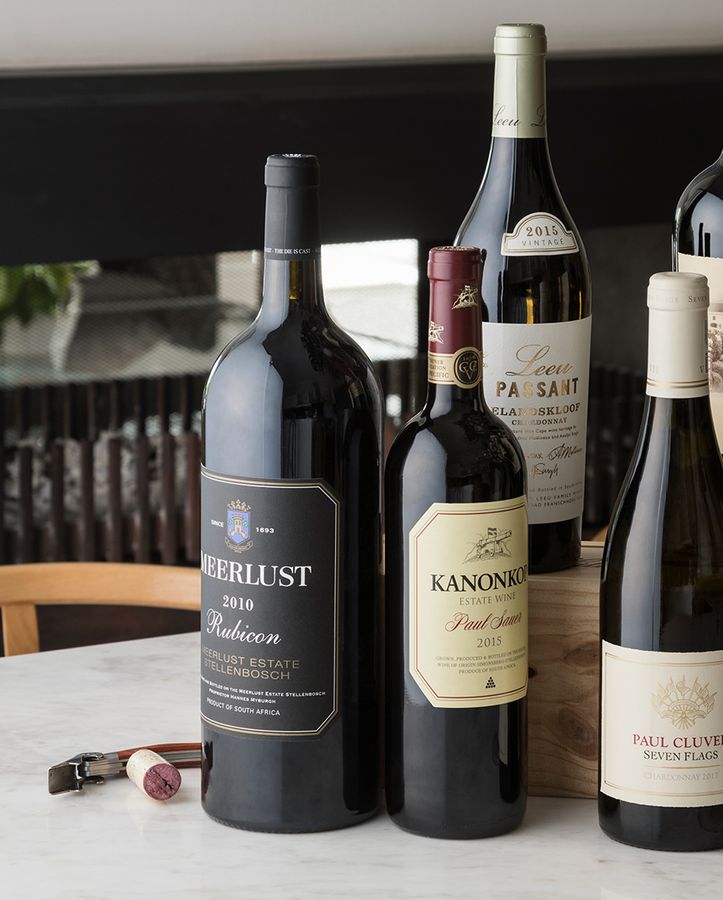Though officially Cloudy Bay was named for a body of water discovered by Captain James Cook in 1770; we’d wager that neither the Māoris nor Captain Cook realised the grape growing potential of the land at the time or they might well have named it ‘Land of the Moderately Acidic White Grape'. Even established farmers were slow to realise the potential, having only started planting vines in Marlborough in earnest, from 1973. Once they did however, the virtues of Marlborough’s geography (maximum sunshine, minimum rainfall, free draining soil, medium fertility, no seasonal frost) quickly identified the varietals best suited to the area. Specifically Sauvignon blanc, Pinot Noir, Chardonnay and small plantings of Pinot Gris and Riesling.
Before we extoll the virtues of Cloudy Bay however, it is important to establish your bearings. New Zealand is made up of the North Island or Te Ika a Maui (the fish of Maui), the South Island/Te Waka a Maui (the waka of Maui) and Stewart Island/Te Punga a Maui (Maui’s anchor), generally speaking. ‘Generally’ because New Zealand also has territorial claim in Antarctica, the Cook Islands, Niue and Tokelau. As you may have deduced, the Māori names of the main islands are linked to a legend, specifically that of the demi-god Maui. While fishing one day in his waka (boat/North Island) he pulled the South Island (the fish) from the sea. As Maui went to discuss the emergence of this new land with the Gods, his brothers fought over the ownership of the island and lashed out with their weapons; their blows are said to have caused the many mountains and valleys of the North Island. Mountains and valleys which today provide optimum conditions for diverse winemaking as dictated by the various microclimates and soil types of the island.
Marlborough is situated on the South Island and produces 68% of the country’s fruit. Other wine regions worth noting are Hawke’s Bay, Auckland, Waikato and Gisborne on the North Island; and Nelson, Canterbury and Central Otago on the South Island to name a few. All of which produce distinctive wines that have become ambassadors of their respective regions.
Cloudy Bay was established in 1985, and was one of the original five winemakers to venture into Marlborough. By all accounts, the concept of growing grapes in Marlborough was a foreign one, thought to be more suited to lucerne, wheat and stud farming than grapes. As with all good winemaking stories, a pioneering spirit is key and David Hohnen, Cloudy Bay founder, took a chance and invested in some of the best land in the region. We’d wager the gamble paid off, given the fact that their Sauvignon Blanc is generally credited as having defined New Zealand wine and established Marlborough as a wine region globally. We've put together a case of Cloudy Bay’s finest and suggest you educate yourself. Should this selection whet your appetite we suggest you complement Cloudy Bay with Greywacke, a younger Marlborough brand established by Cloudy Bay founding winemaker, Kevin Judd.
